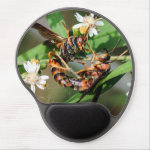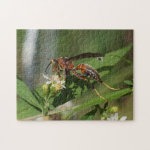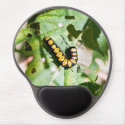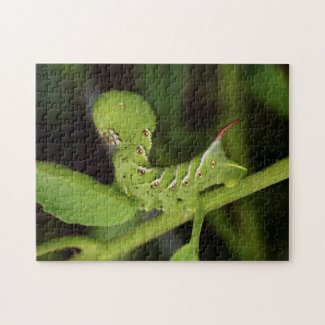Dark Eyed Junco aka "Snow Bird"
One of Ohio’s cold weather residents is the Dark-eyed Junco bird. This little gray and white sparrow should be showing up any day now, if you haven’t seen one already. They usually make their way south to Ohio sometime around the middle of October. Once they show up you know that winter is definitely close.
During the summer Dark-Eyed Juncos raise their families in Canada then head south during the winter. During the cold months, they prefer to stay in a flock. So, when you see one you can bet there are several more around. If you don’t see any take a closer look because they are there. Their color pattern helps them to camouflage into the shadows on the ground.
 Dark-Eyed Juncos prefer insects during the summer months, but during the winter they eat seeds. I’ve seen them on my platform style bird feeders, but they seem to prefer an open platform bird feeder. They can usually be seen scavenging on the ground near the woods edge or under the feeders where seeds have fallen to the ground. When I notice that the birds have made their way to my yard during winter migration, I always throw a little seed on the ground just to keep them happy and coming back.
Dark-Eyed Juncos prefer insects during the summer months, but during the winter they eat seeds. I’ve seen them on my platform style bird feeders, but they seem to prefer an open platform bird feeder. They can usually be seen scavenging on the ground near the woods edge or under the feeders where seeds have fallen to the ground. When I notice that the birds have made their way to my yard during winter migration, I always throw a little seed on the ground just to keep them happy and coming back.
These cute little birds have the nickname of “Snowbird”. They received this name due to the fact that their gray backs resemble the drab winter sky and their white breasts resemble the snow on the ground. The males and the females will look just a slight bit different. The males will usually have a darker gray back than the females.
These birds will puff up their feathers to keep warm. In doing so they can appear round.
In 2001, a Dark-Eyed Junco was captured for banding operations. After it was captured they figured out that it was already banded in 1991. So, at that point in time, this little bird was at least 11 years and 4 months in age. This is the oldest recorded Dark-Eyed Junco on record.


















































